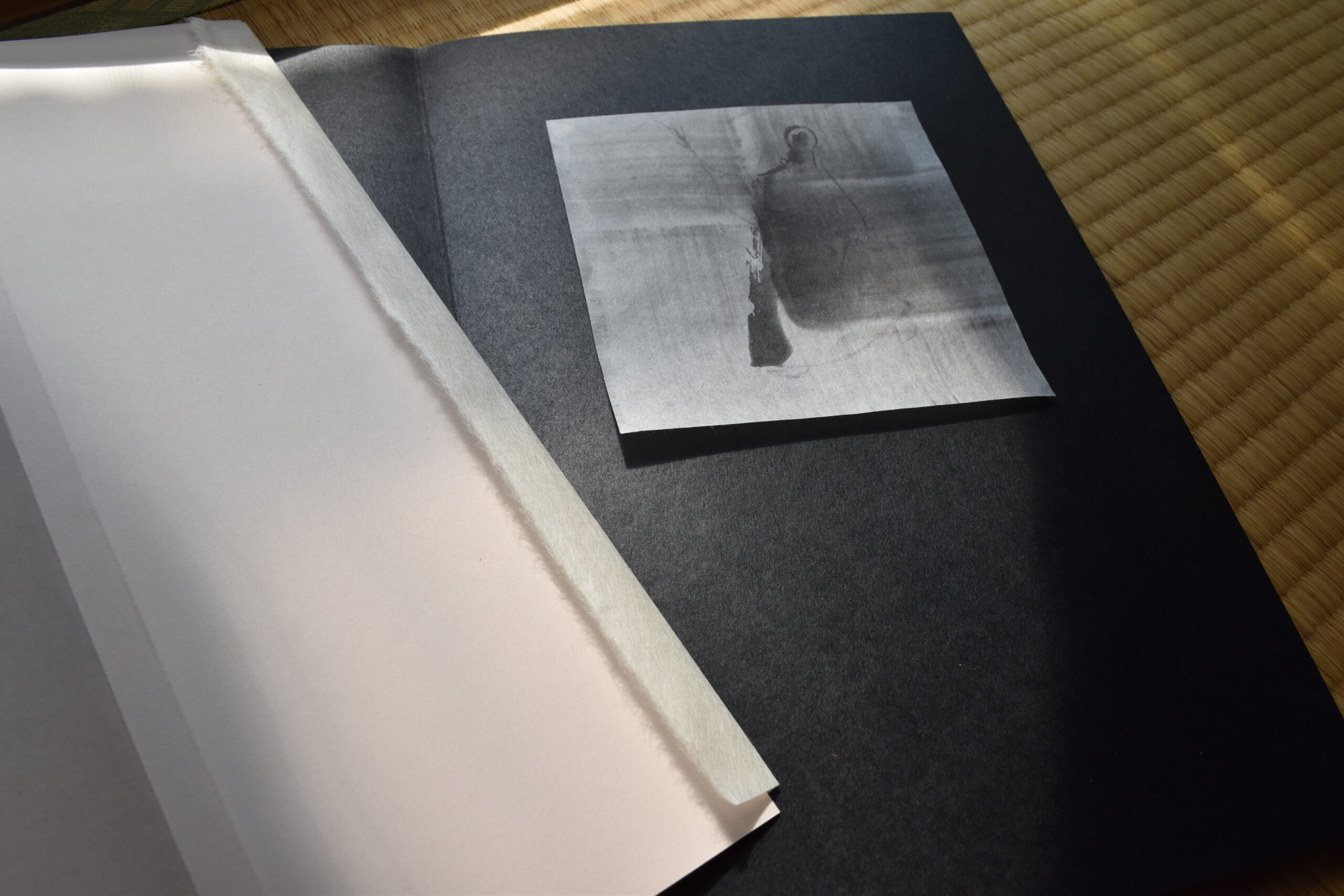「眼福」という言葉があります。
なんと日本人らしい感性から生まれた美しい言葉だろうと常々思っています。
「福」を英語に訳すと、「good fortune」となるようですが、このプロジェクトを始めるきっかけとなったタラブックス(インド)の『夜の木』という絵本は、まさに眼福の1冊。「世界を変える美しい本」と呼ばれていることを私は後になって知りました。
美しさとは、良い運を呼び込み、世界を変える力を持つものかもしれません。
Japan Craft Bookプロジェクトから生まれる本も、そんな、まさに眼福の1冊となればと願いつつ制作しています。「Craft」とついているのは、単なる読み物としてだけでなく、眺めていたい、触れてみたい、所持していること自体が嬉しい、そんな存在感を宿すものを目指しているからです。紙質にこだわり、職人さんの手が感じられるものにしたいと考えています。
あらゆるものがどんどん電子化されている時代だからこそ、「感触」や「匂い」というようなものにあえてこだわりたい。手のひらに広がるささやかな眼福。ここを目指したいと思っています。
そして、身近で手頃な「本」という形に美を詰めてみる、という試みは今の時代に合っている気がしています。手のひらに広がるささやかな眼福。ここを目指したいと思っています。
実は、このプロジェクトを思いついたとき、「和紙の本を作る」こと自体が画期的なことのように思っていました。でもそれは愚かなことで、よくよく考えるまでもなく、日本には明治時代に洋紙が入ってくるまで、和紙しかなく、本といえば手隙した紙の束を糸で綴じたシンプルなものだったのです。画期的なことどころか、もともとそうだった、という恥ずかしいお話です。
しかも、その和紙というものは1000年も保つという驚異的な紙で、それゆえ、我々は今も1300年も前に記された正倉院の目録や空海の真跡だって目にすることができるのです。日本人はもっと和紙という誇るべき存在に注目すべきではないでしょうか。
Japan Craft Bookプロジェクト
代表 稲垣麻由美
In Japanese, there is the word, ‘Gampuku’ which means the happiness of seeing something beautiful. The picture book The Night Life of Trees, published by Tara Books, India, which inspired this project, is the very embodiment of this word. It has been described as “a beautiful book that will change the world”. Beauty has the power to change the world.
We hope that the books produced by the Japan Craft Book Project will be a feast for the eyes, just like the beautiful Indian book. The name of the project, “Craft”, is filled with the hope that the book will be something that people want to look at, touch and bring joy to their lives by owning. It is a project that combines Japanese craftsmanship with the finest quality paper.
As everything becomes increasingly digital, we create our works with a focus on elements that stimulate the human senses, such as ‘touch’ and ‘smell’. Of course, we are aware that this project is daring in a trend where people are less willing to own things. That is why we want to create beautiful pieces.
In the times of division which we are currently experiencing around the world, we need art to transport us to another world. History has proven this. For example, many of the Impressionist painters in Europe, such as Renoir and Monet, famous for their bright, warm paintings, lived in times of war.
Our approach is not to create an exaggerated art form, but to bring beauty in the form of a book that is familiar and easily accessible, and we believe this is in line with current trends.
When I first came up with the idea for this project, I foolishly thought that making a book out of washi paper would be revolutionary. However, Japan only had washi paper until the time of the Meiji period, when the foreign (mainly Western) paper was introduced. Books at that time were simply a bundle of washi paper. Far from being revolutionary, this format was once the standard in Japan.
Washi paper is durable for more than 1,000 years, so even today we can see the handwriting of great men and women, written more than 1,300 years ago. So I think Japanese people should be more proud of washi paper and pay more attention to it.
The concept of “making a book about the story of a Japanese god on Japanese paper” was born out of this desire.
Japan Craft Book Project
Founder Mayumi Inagaki


